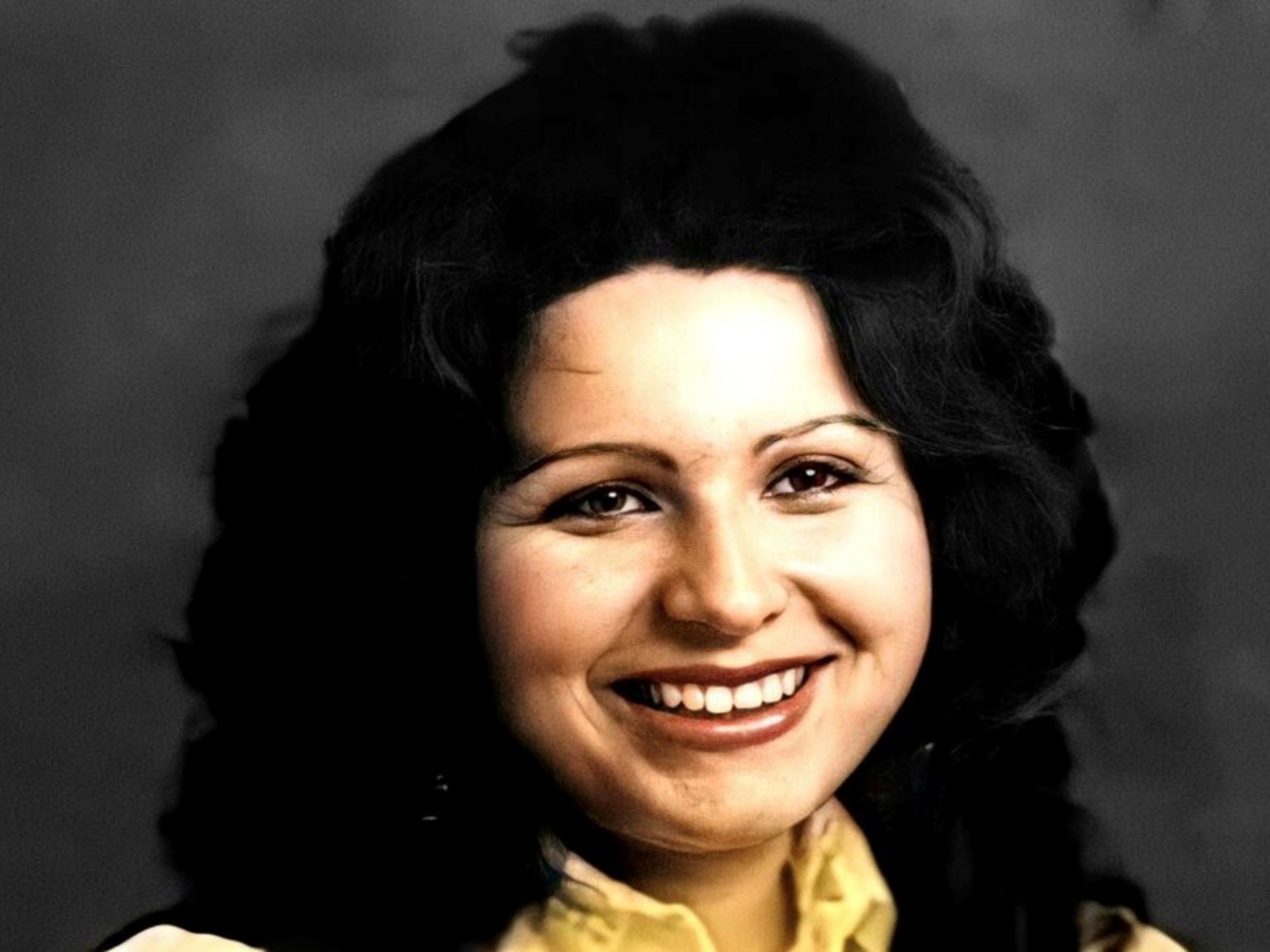The World’s First True Superpower
The Persian Empire spanned just over 200 years, from 550 to 330 BCE. Known for its size and military strength, the empire also played a vital role in ancient society and culture, with many of its achievements reflected in the world we live in today.
 mohammad hosein safaei on Unsplash
mohammad hosein safaei on Unsplash
1. It Was Big, Really Big
The Persian Empire encompassed 5.5 million square kilometers, or nearly 2,100,00 square miles, at its peak. Looking at a modern-day map, the empire encompassed parts of Iran, Turkmenistan, Uzbekistan, Tajikistan, Pakistan, Afghanistan, Kyrgyzstan, Azerbaijan, Kazakhstan, Armenia, and Georgia.
2. It’s All Greek To Me
The word Persia comes from the Greek word Persis, which is how the Greeks pronounced the native word Xšāça. Xšāça is the Persian term that directly translates to “The Kingdom.”
3. They Had a Pretty Good Boss
The Persian Empire was formed by Cyrus the Great after he defeated and absorbed the Median Empire into his new country. He was said to have been a fair leader and continued to allow native customs and religious practices to continue in the lands he conquered.
4. They Had Two Green Thumbs
Through the influence of literature, the Persian Empire held an idea of an “earthly paradise,” which was reflected in their landscaping. The style known as the Persian Gardens features two tree-lined walkways with a central fountain separating the paths.
5. Persian Rugs
Unsurprisingly, Persian Rugs were popularized during the time of the Persian Empire. The rugs were heavy and famous for their elaborate designs and color schemes. It’s said that the rugs represent the tradition, history, and culture of the people of Iran.
6. Women’s Rights
Aside from Egypt, it’s said that the Persian Empire granted more rights and privileges to women than any other ancient culture. Women of the royal classes were treated with the same amount of respect as men, and men and women of lower classes worked the same jobs for the same pay.
7. They Kept It Cool
The empire utilized a system known as the yakhchāl. Essentially ancient ice houses, these subterranean structures were built with heat-resistant materials and were also used to store food.
8. Knew Their Rights
The Cyrus Cylinder is an artifact that proves Cyrus the Great’s right and heritage as the King of Kings. The text praises Cyrus, also stating that he improved the lives of the Babylonians by assisting those displaced from their homes, restoring temples, and repairing the city wall.
 Photograph by Mike Peel (www.mikepeel.net). Modifications by مانفی on Wikimedia
Photograph by Mike Peel (www.mikepeel.net). Modifications by مانفی on Wikimedia
9. They Had Furry Friends
Having animals as companions is no modern-day invention. The Persian Empire valued dogs for practical purposes, but they were also considered members of the family. Alongside dogs, lions, camels, and birds were also commonly seen in the royal court.
10. They Liked to Celebrate
The Persian Empire is thought to have started the tradition of celebrating birthdays. A birthday was considered the biggest celebration of the year, and typically included a feast in some capacity.
11. Truth Above All
The Persian Empire’s major value was truth. It was part of the vows a soldier took before entering service, and the darkest part of hell was reserved for those who lied. This belief largely contributed to the religious tolerance of the Persian Empire, as they believed those with other faiths would find their way to Zoroastrianism themselves.
 Tingey Injury Law Firm on Unsplash
Tingey Injury Law Firm on Unsplash
12. Conquered With Cats
The Persian Empire successfully won the Battle of Pelusium due to the Egyptian’s affinity for cats. Painting the goddess Bastest on their shields and placing cats in the front lines of their army, the Egyptians hesitated and ultimately lost due to their fear of harming the animals.
13. Matchy Matchy
Matching military uniforms were first introduced by the Median Empire, but Cyrus the Great expanded on this idea after he formed the Persian Empire. In order to differentiate between his military units, the command wore purple, yellow, or blue uniforms.
14. Sophisticated Administration
The Persian Empire lasted as long as it did due to its sophisticated administrative system. It used a five-tier hierarchical structure, a professional bureaucracy, and a combined use of centralized and decentralized governance.
15. You’ve Got Mail
Known as the Chapar Khaneh, the Persian Empire built a very large postal service network during its reign. The network ran alongside the Royal Road and provided a quick method of communication between the major cities of the ancient Near East.
16. Strict Parenting
The Persian Empire generally employed the nuclear family structure, with the father as the head. Typically, fathers were disciplinarian in nature, while mothers were seen as affectionate. It’s also said that mothers were the intermediary between fathers and children.
17. Home Of Wine
Winemaking existed long before the Persian empire, but it is believed that the empire played its part in the development of the process. During its reign, the empire established wine storage and vineyards and was known to bring wine from its various provinces.
18. Zoroastrianism
This ancient religion is considered one of the world’s oldest monotheistic faiths. Founded by the prophet Zoroaster, the theology of this religion focuses on the struggle between good and evil. Followers of Zoroastrianism worked towards ethical conduct, providing good thoughts, good words, and good deeds.
19. Armed Forces
The Persian army was one of the largest in history, and differed from other European armies in a few ways. Due to the desert heat, the Persian army traveled light, wearing loose clothing and very little metal. Typically armed with spears and bows, the Persian army avoided any hand-to-hand combat, preferring to fight from a distance.
20. The Suez Canal
A prototype of the canal we see today, the Persian Empire played a huge role in connecting the Nile River to the Red Sea. Formed primarily under Darius the Great, this project furthered trade and naval movement between the empire and Egypt.
KEEP ON READING

The 10 Youngest Monarchs In History & The 10 Oldest
Age Is Just A Number. Imagine being crowned king or…
By Chase Wexler Mar 11, 2025
Written By The Victors: 20 Names History Books Tried To…
History’s Forgotten Figures. It is said that history is written…
By Farva Ivkovic Jun 23, 2025
Writing On The Wall: 20 Fascinating Hieroglyphics Throughout History
A Language Carved To Last. Hieroglyphics are unique, ancient writings.…
By Chase Wexler May 29, 2025
Women At War: 20 Fierce, Fearless, & Famous Female Fighters
How Many Of These Women Warriors Do You Know?. History…
By Emilie Richardson-Dupuis Aug 14, 2025
The Woman Without A Name
Mary Doefour was the woman without a name. In 1978,…
By Robbie Woods Dec 3, 2024
The Woman With Toxic Blood
One night in 1994, Gloria Ramirez reported to the ER.…
By Robbie Woods Jan 6, 2025


















